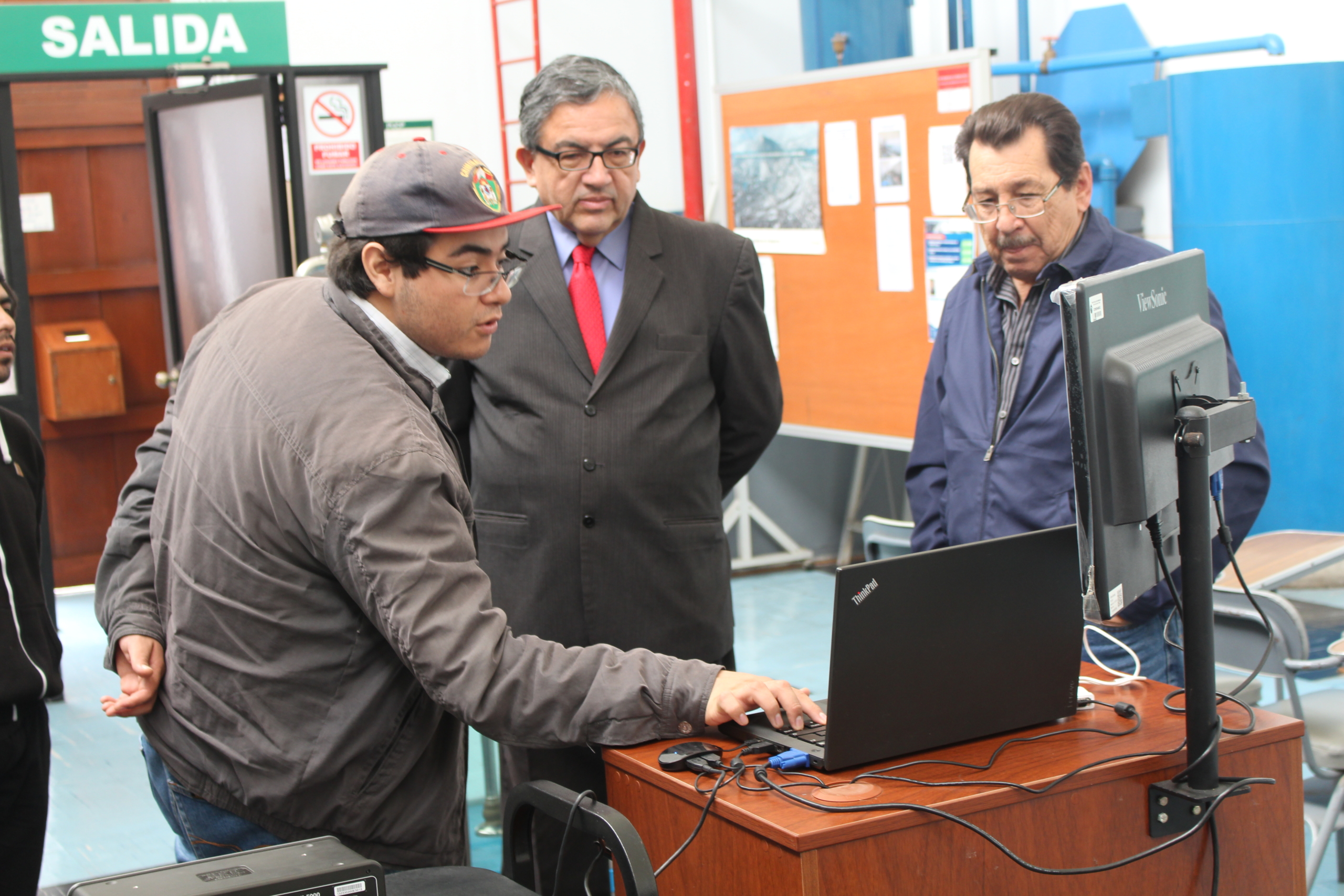
On June 22, Engineer José Cabrera, director of the Hydraulics Laboratory, presented to the professors and authorities of the School, the new equipment acquired for the students’ practices.
What is the role of the Hydraulics Laboratory?
Specifically, this laboratory is used for teaching, that is, it does not provide services to third parties. The laboratory gives two main courses in the major of Civil Engineering: Fluid Mechanics and Hydraulics of Channels, each one has a sequel of tests carried out by the students, throughout the semester, as a course attached to the main one. That is to say, there is the course of Fluid Mechanics and the Laboratory of Fluid Mechanics, as well as the Hydraulics of Channels and the Laboratory of Hydraulics of Channels.
What type of academic activities or practices do the students perform in the Laboratory facilities?
The laboratory courses are in support of teaching, as in its facilities some of the things they learned in the main course are verified and certified. Engineering is an applied science, so laboratories cover such practical aspect that is not only obtained from books. Thus, we have twelve to fifteen experiences designed by course to be developed throughout the semester, in five sessions of two hours each. The experiments are performed by students in groups of five, assisted by a practice leader, and work simultaneously, up to two groups, at each end of the laboratory, doing different tests.
What are the functions of the new equipment? What kind of tasks do they do?
Basically, in the laboratories, measurement work is done. In this case, these are measures of hydraulic issues, such as flow rates, pressures, height differences, flows, if they are variable and constant, etc. The last modification, which took place approximately two years ago, was to build virtual experiences, that is to say, the same thing that is done in the laboratory with water can be replicated, virtually, with other types of Newtonian liquids (acetone, petroleum, others) and non-Newtonian (water with solid suspension material), which is what happens when working with tailings or rivers and natural channels. Thus, virtual experience allows students to work and experience such scenarios, with materials that would obviously be impossible to bring to the laboratory. This modification, which was implemented taking into account the increase of students who chose the major of Civil Engineering, has allowed us to work simultaneously with more people in the laboratory, while some make real measurements the others collect data for their virtual practices. We always try that the sessions have both components: the real part and the virtual part.